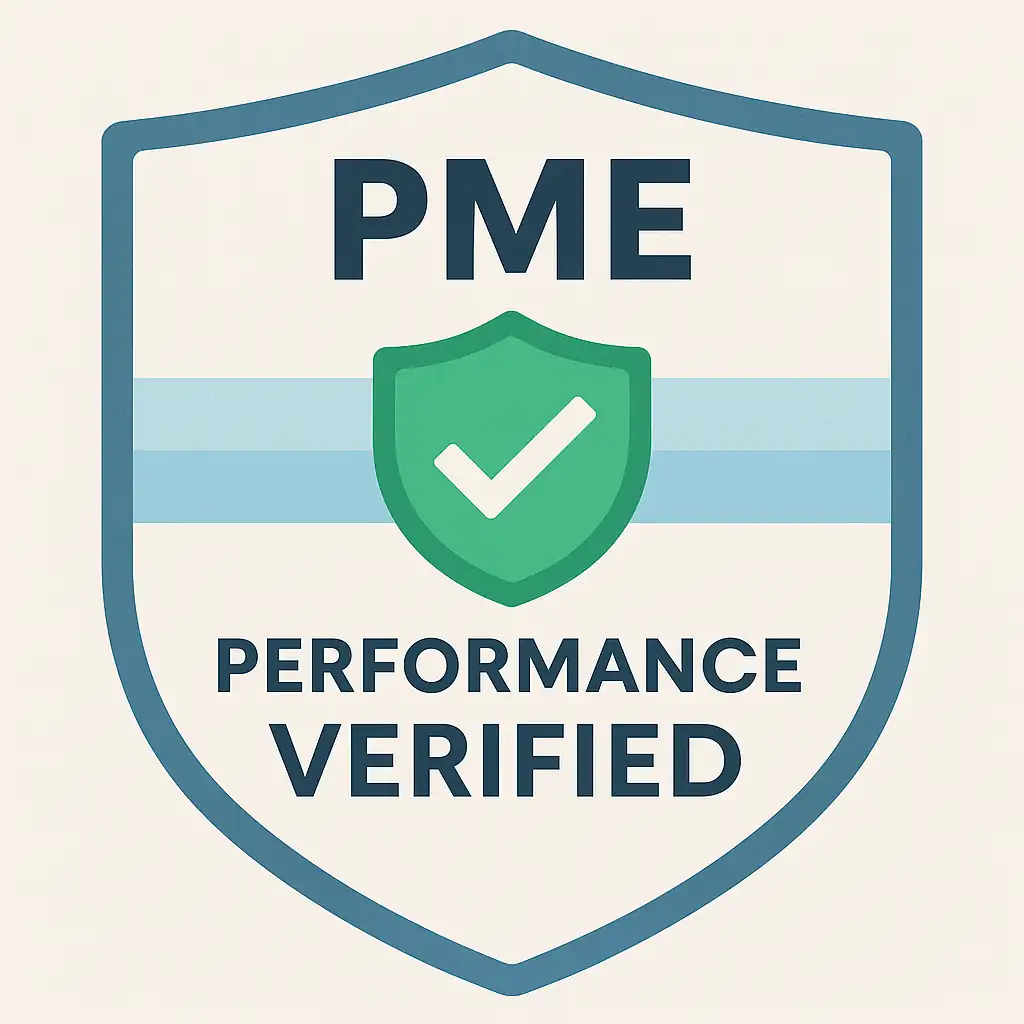Share this post:
At a glance
The Building Regulations Completion Certificate is the formal document issued by your local authority Building Control or an Approved Inspector confirming that your building work as constructed meets the Building Regulations. It’s usually required by buyers, lenders, solicitors and insurers when you sell or remortgage. When you’ve built an extension, loft conversion, garage conversion, structural alterations or new services (electrics, drainage, heating) under Building Regulations, you should always finish with a completion certificate. This guide walks you through what it is, why it matters and how to get one quickly—plus typical costs, frequent causes of delay, and routes to sort historic projects that never received formal sign-off.
Finishing works and need your Completion Certificate?
We’ll review your drawings, flag any gaps, and help you pass Building Control inspections first time.
What is a Building Regulations Completion Certificate?
A Completion Certificate acts as the final sign-off confirming that the inspected building work complies with the relevant parts of the Building Regulations (structure, fire safety, ventilation, energy, drainage, etc.). The document is issued at the end of the project once all inspections have been passed and the necessary evidence—such as electrical installation certificates, gas safety paperwork, air-tightness results or as-built SAP/EPC reports—has been submitted.
Certificates are issued either by your local authority Building Control (LABC) or an Approved Inspector (AI). When an AI oversees the work, they provide a Final Certificate which is lodged with the local authority and serves the same purpose for resale or remortgage.
For national policy guidance, visit the Planning Portal and GOV.UK building control guidance.
Completion Certificate vs Other Approvals (Don’t Mix These Up)
Completion Certificate vs Planning Permission
- Planning Permission (or planning permission) considers what you can build and the impact on neighbours, amenity and design.
- Building Regulations address how the project is built to meet safety, energy and technical standards.
- Both may apply together—planning approval alone does not guarantee compliance with Building Regulations (and vice versa).
Completion Certificate vs Compliance Certificate
- Completion Certificate: overall Building Regulations sign-off for the project.
- Compliance certificates: specialist sign-offs (e.g., Electrical Installation Certificate, Gas Safe certificate, FENSA/CERTASS for windows) that support the building control approval.
Completion Certificate vs Approved Inspector Final Certificate
Where an Approved Inspector is appointed, they issue a Final Certificate confirming compliance and notify the local authority. In conveyancing, this document is treated the same as a local authority completion certificate.
When Do You Need a Completion Certificate?
Most projects controlled by Building Regulations require one, including:
- Extensions (single, rear/side, wrap-around) – structure, fire spread, insulation, drainage, glazing safety.
- Loft conversions – structure (floor/RSJs), fire protection/escape, stairs, insulation, smoke detection.
- Garage conversions – change of use to habitable space (thermal upgrade, damp proofing, ventilation).
- Internal structural changes – removing load-bearing walls, chimney breast removals, new openings.
- New dwellings and outbuildings used as living space – garden room annexe etc.
- Drainage alterations, significant electrical work, heating systems and fenestration in many cases.
Edge cases where you might not need one
Very minor works or like-for-like repairs may not require formal Building Control involvement. If you’re unsure, consult Building Control early or ask us to review your project via our quick check service.
What Building Control Checks Before Issuing
Before issuing a completion certificate, Building Control expects a clear record of inspections and documentation proving compliance. Typical evidence includes:
- Inspection milestones: foundation/excavation, damp proof courses, structural steelwork, insulation, fire stopping, first fix, drainage tests, completion visit.
- As-built drawings or notes when designs change on site (especially for structure, ventilation or drainage).
- Certificates from competent persons: electrical (BS 7671), gas (Gas Safe), windows (FENSA/CERTASS), roofing, MVHR commissioning and pressure tests.
- Thermal evidence: U-value calculations, SAP where required, EPC on completion for certain works or new builds.
- Product data sheets for key systems such as insulation, fire doors, cavity barriers and membranes.
Routes to Approval: Full Plans vs Building Notice
Building Control can be notified via two main routes:
Building Notice
- Allows a faster start with fewer upfront drawings.
- Often results in more on-site changes and last-minute compliance adjustments.
Full Plans (recommended for most homeowners)
- Provides detailed drawings checked before construction begins.
- Gives contractors a clear specification and minimises inspection surprises.
Costs & Timelines (Quick Snapshot)
Quick Costs Snapshot
- Building Control fees: typically £300–£1,200+ depending on project size and route (local authority or approved inspector).
- Drawings & calculations: depend on project scope; see Plans for Building Regulations and Structural Calculations.
- Extras: SAP/EPC, pressure tests and specialist commissioning where required.
- Timescale to final sign-off: usually achieved at practical completion once inspections and documentation are complete; delays arise if evidence is missing or defects remain.
Step-by-Step: How to Get Your Completion Certificate
| Step | What to do |
|---|---|
| 1. Appoint Building Control | Choose a local authority or Approved Inspector before work starts. Decide on Building Notice or Full Plans. We can advise which is best for your scope and timing. |
| 2. Prepare compliant plans | Obtain Building Regulations drawings and structural calculations. Agree materials, insulation and specifications on paper first. |
| 3. Notify start & book inspections | Follow the inspection plan—foundations, steels, insulation, drainage, pre-plaster and completion. Keep records and photos. |
| 4. Gather compliance certificates | Collect electrical, gas, windows and roofing certificates as applicable. Keep commissioning results for ventilation, pressure tests and alarms. |
| 5. Completion visit | When all works are finished (including snags), request a final inspection. Ensure documentation is ready. |
| 6. Receive your certificate | Once the inspector is satisfied and paperwork complete, a Completion Certificate or AI Final Certificate will be issued. |
| 7. Store & share | File it with your compliance pack. Solicitors or lenders may ask for copies later. |
Not sure what’s missing for sign-off?
We’ll review your file and provide a practical checklist to get your Completion Certificate issued.
Pitfalls & Gotchas (Why Certificates Get Delayed)
- No competent-person certificate (e.g., electrical works not self-certified or separately tested).
- Thermal shortfalls such as inadequate insulation or missing U-value evidence.
- Incomplete fire protection including missing smoke seals or inadequate fire-stopping around steels.
- Ventilation problems like missing trickle vents or uncommissioned MVHR systems.
- Untested drainage or undocumented design changes.
- Unauthorised structural changes where beams or supports were altered without updated calculations.
Technical Points Homeowners Often Miss
Structure
Any change affecting load paths—such as new openings or chimney removals—requires verified calculations and proper on-site installation. Photograph padstones, bearings and connections before covering up.
Fire & Means of Escape
Loft conversions and certain extensions may need protected routes, upgraded doors, interlinked alarms or sprinklers. Clarify these requirements early with your designer and inspector.
Thermal & Energy
U-values, insulation continuity, efficient services and airtightness all matter. Some projects also require SAP and an EPC at completion. Keep product data sheets safe for reference.
Ventilation
Background and extract systems must comply with the latest Approved Document F. Commissioning figures form part of your evidence pack.
Drainage
New or altered drains should be tested and recorded. Building over a public sewer generally needs prior agreement—see Building Over Sewers.
Glazing Safety
Critical locations require safety glazing or guarding to Approved Document K. Window and door installations are commonly evidenced via FENSA or CERTASS certificates.
No Completion Certificate? Your Retrospective Options
Where work has been finished without formal sign-off, there are typically three ways forward:
- Re-engage with Building Control to book a completion inspection. Some elements may need exposing (e.g., insulation or steels) to confirm compliance.
- Apply for Regularisation (local authority only) for unauthorised works. This can involve opening up areas and completing remedial upgrades. See Retrospective Building Regulations Time Limits.
- Consider indemnity insurance as a conveyancing measure. Be aware this does not prove compliance and may not satisfy every lender or buyer. Always seek legal advice before relying on this route.
FAQs: Building Regulations Completion Certificate
Do I need a completion certificate for an extension?
Yes. An extension almost always falls under Building Regulations. At the end of works, Building Control expects a completion inspection and supporting documents before issuing the certificate. See also: House Extensions – UK Guide and Single Storey Extension Costs.
What happens if I don’t have a completion certificate?
You may face issues with sale or remortgage. The usual remedies are: arrange a completion inspection, apply for regularisation with the council, or (less ideal) consider indemnity insurance via your solicitor. Start by reading Building Control – What It Is and our Retrospective Building Regs Time Limit guide.
How do I get a copy of a lost completion certificate?
Contact the Building Control body that signed off the work (local authority or Approved Inspector). Councils often provide copies for a modest fee; Approved Inspectors can re-issue their Final Certificate and notify the council if required.
How long does it take to get a completion certificate?
After a satisfactory completion inspection and receipt of all documents, certificates are typically issued within days to a couple of weeks depending on the provider. Delays occur when evidence is missing or remedial works are required.
How much does a completion certificate cost?
The certificate itself is included within your Building Control fee. Replacement copies may attract a small charge. The real variable cost is achieving compliance (drawings, calcs, tests, remedials). See our Quick Costs Snapshot and Plans for Building Regulations.
Does the certificate cover electrical work?
Electrical work is typically certified by a competent electrician (BS 7671). Building Control relies on that certificate as part of the completion evidence. If no certificate exists, Building Control may require third-party testing.
What does a completion certificate look like?
It’s a short formal letter/document on the Building Control body’s letterhead (or AI Final Certificate) listing the site address, the works covered, the application reference, and the date of issue confirming compliance.
When were Building Regulations completion certificates introduced?
Completion sign-off has long formed part of the Building Regulations control process. Terminology and templates have evolved, but the core principle—formal confirmation of compliance at the end—remains consistent.
Can I get a completion certificate online?
Many councils and Approved Inspectors email PDFs. Historic copies may be downloadable where councils provide public records; otherwise they’ll supply a copy on request.
Do I need one for a conservatory or garden room?
Sometimes. Smaller conservatories or garden rooms can be exempt if they meet specific criteria (e.g., thermally separated, limited fixed heating, size limits). Where used as habitable space and integrated with the house, Building Regulations will likely apply. See Garden Rooms and Planning Permission for a Garden Room.
Who issues the certificate?
Either your local authority Building Control or your appointed Approved Inspector (who issues a Final Certificate and notifies the council).
Need help finishing the paperwork?
We can coordinate drawings, structural calcs and compliance evidence so Building Control can issue your certificate.
Next Steps & Useful Guides
- Building Regulations: Complete Homeowner’s Guide
- Building Control: What It Is, When You Need It, and How to Pass Inspections
- Building Control Inspections – What to Expect
- Building Notice vs Full Plans – Which Route is Best?
- Plans for Building Regulations – What Drawings You Need & When
- Structural Calculations – When Do You Need Them?
- Retrospective Building Regulations Time Limit
- Certificates & Compliance Documents You Must Keep
- Garage Conversions – Permissions, Costs & Process
- Loft Conversions – Costs, PD Rules & Process
- Garden Rooms – Do You Need Planning Permission?
- Planning Permission – Complete Guide
External References (Authority)
Ready to move your project forward?
Plans Made Easy can prepare compliant plans, manage submissions, and guide you from idea to approval.

Performance Verified ✅
This page meets PME Optimisation Standards — achieving 95+ Desktop and 85+ Mobile PageSpeed benchmarks. Verified on


